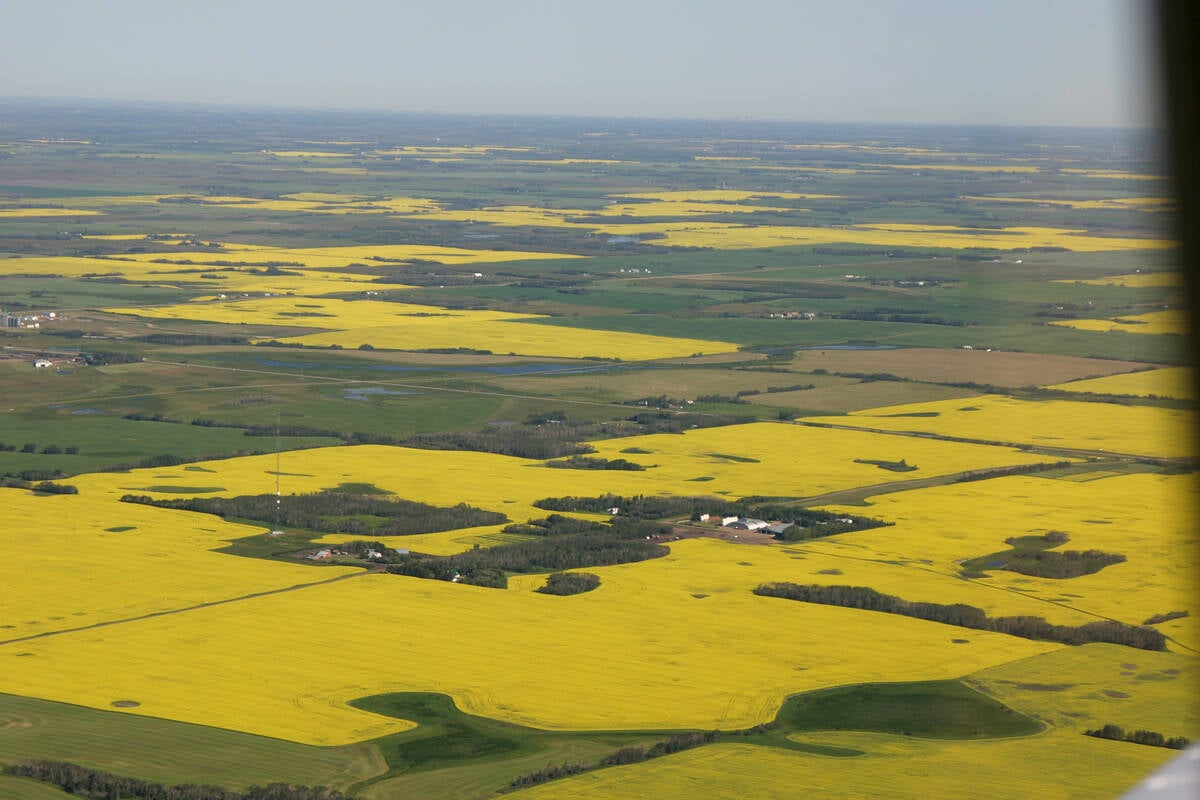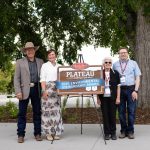In small-town eastern Montana, Bruce Smith gives new meaning to the concept of buying fresh and local.
Smith is the 4-H agent and Dawson County extension officer in Glendive, Mont. Along with a small team, he is working to create a co-op based on small scale processing. These enthusiasts want to gain control of their food system and rural community.
Normally, farmers receive only seven to nine percent of consumer food dollars, and a large percentage of food is imported into the area.
The economy in this rural area has shrunk significantly; people can’t find jobs, and are leaving.
Read Also

Increasing farmland prices blamed on investors
a major tax and financial services firm says investors are driving up the value of farmland, preventing young farmers from entering the business. Robert Andjelic said that is bullshit.
The Farm to Table food co-op could not be emerging at a better time. Co-op organizers are poised to change the region by creating a local and more sustainable food system, a network of willing individuals and an elaborate marketing plan. Smith believes entrepreneurship is the key.
Organizers hope the co-op will attract more residents to the area, stabilize the economy and supply healthier and higher quality food to its community.
The co-op is in an early stage of development but has already secured a building that will provide members with meeting rooms and a kitchen for baking bread, testing new recipes using co-op ingredients and weighing and measuring ingredients for small consumer packages. The building will also have a small mill to grind flour.
The co-op produces flour, barley flakes, and bean and soup mixes in small packages that are sold directly to the public.
Special garden
Small community gardens on the co-op grounds are equipped with growing tunnels designed to extend the growing season by 30 to 60 days and increase the range of produce that can be grown.
A planned culinary arts school will teach people how to cook local and seasonal food dishes, as well as manage a restaurant business.
The co-op’s restaurant and microbrewery will create new jobs and supplement the low availability of restaurants in the area.
The Farm to Table co-op has passion and purpose.
One of Smith’s favourite quotes – “Your food is killing you and your food system is killing your community” by Mike Callicciate – keeps him focused on his goal of rural community survival.
Rural communities that want to remain alive and thriving must pass on their farming knowledge and operations to the younger generation.
Members of Food to Table invest in the future and pride themselves on the quality of their businesses and their lives in their community. Strong support of education, a cooperative community spirit and the acceptance of women in leadership roles are main components of the co-op’s mission statement.
Building opportunities
With a population of 8,000 and only 50,000 people in a 150 kilometre radius, Glendive is challenging the usual marketing wisdom that says successful businesses need to be close to major urban centres. Without waiting for opportunities to come their way, co-op members are embracing the resources they have to create their own opportunities.
It is inspiring and leaves me questioning my own community’s food networking ability. Surely we can step up to the plate and own our food as well.
The Glendive co-op’s bumper sticker reads “Who’s Your Farmer?” The Glendive experience suggests that putting farmers and eaters together is a worthy goal.
Where does that leave us in Canada? An important first step is for consumers (and that would be all of us, of course) is to seek out quality local food. Some of this is at the local farmers’ market.
The Saskatchewan Organic Directorate at www.saskorganic.com and the GO network of Alberta at www.goingorganic.ca have online producer directories for wholesale buyers and local consumers.
The Organic Food Council of Manitoba at organicfoodcouncil.org/ publishes an annual guide, while the EatWellGuide at www.eatwellguide.org provides an online search for local producers.
Finding local food and local farmers is getting easier all the time.
Jessica Valois reports on this project as part of her summer student employment at the University of Saskatchewan.















